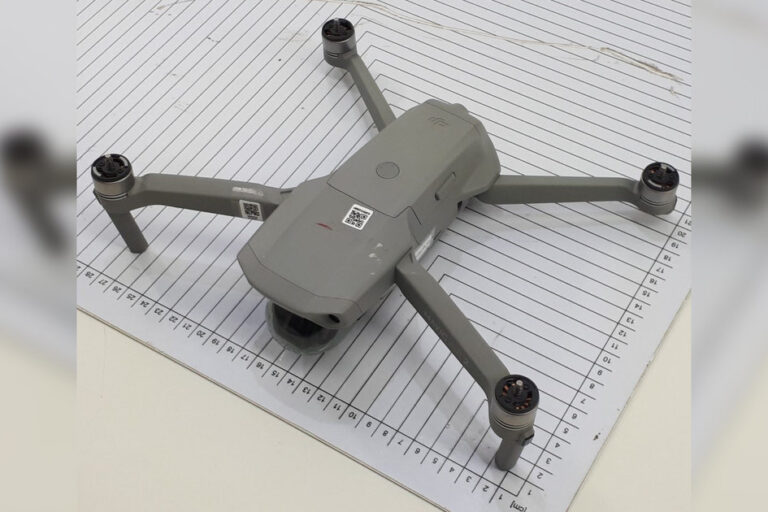(Pocket-lint) – DJI’s next Mavic Air drone has shown up on the Brazilian equivalent of the FCC, ANATEL, and reveals all the crucial details of the upcoming quadcopter.
The leak shows the physical drone from all angles, including the removable battery and a quick start manual which shows off the redesigned remote control.
As we saw in a previous leak, this drone bares a striking resemblance to the Mavic 2 series drones, but presumably this model is smaller and lighter than either the Mavic 2 Zoom or Mavic 2 Pro. It’ll undoubtedly be cheaper too.
The uploaded documents detail some of the new features, as well as these images. The drone will be able to reach 34 minutes flight time on a fully charged battery, which is some improvement over the first generation which managed just 21 minutes.
As well as that, it can reach top flying speeds of 68.4km/h (about 42.5mph), and the three-axis gimbal supporting the camera will enable super smooth video shooting, as revealed by DroneDJ who first shared the images and details.
The video itself will be 4K resolution as usual, while stills will be captured by the 48-megapixel sensor.
Like every previous DJI consumer drone, the beauty isn’t just in the specs, it’s in automatic flying modes. DJI’s next drone will feature obstacle sensors and an updated version of ActiveTrack, which enables the drone to lock on to a subject and follow it, or fly around it without losing sight of it.
In addition to the drone details, the quick start manual reveals more detail on the remote control that leaked previously and shows that the grip for holding a smartphone has now moved to the top, rather than be held by feet at the bottom.
It also appears as though this controller will be bigger than the usual ultra-compact foldable controllers from DJI.
DJI teased a launch event for something which is set to take place on 27 April, so we suspect the Air 2 will get its full reveal there.
https://t.co/HP98ZzTTQq pic.twitter.com/RnAuDEwuI5
— DJI (@DJIGlobal) April 15, 2020
With opportunities to go outside being limited currently, it’ll be interesting to see just how popular this new drone will be. From the details we’ve seen so far, however, it looks as though it’ll improve many of the elements of the first Mavic Air, making it a worthy successor.
Writing by Cam Bunton.

